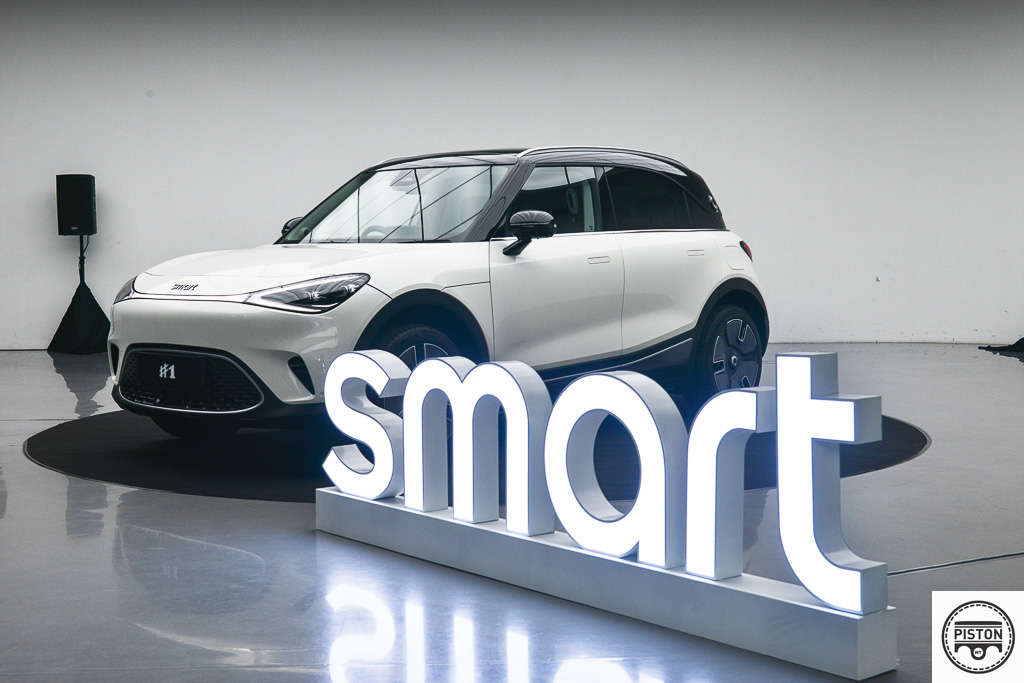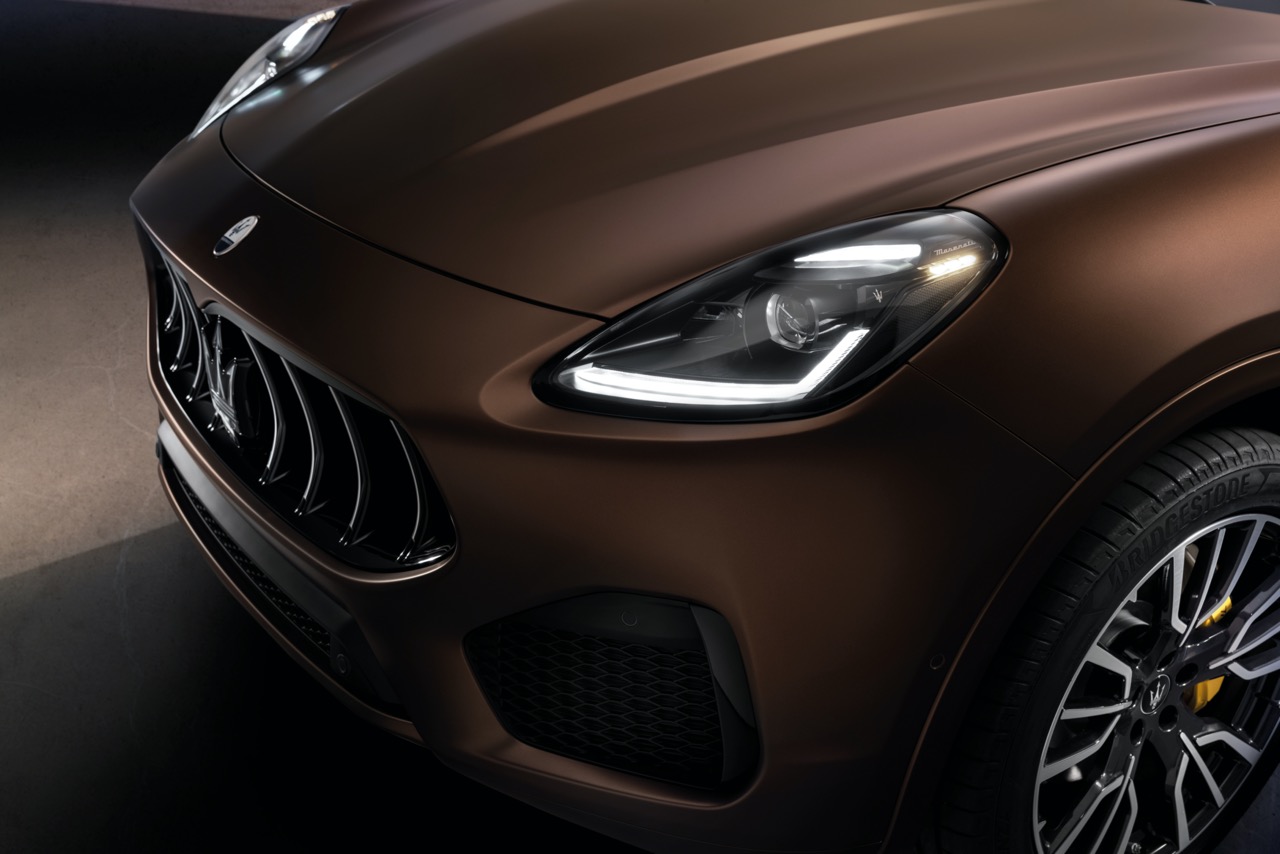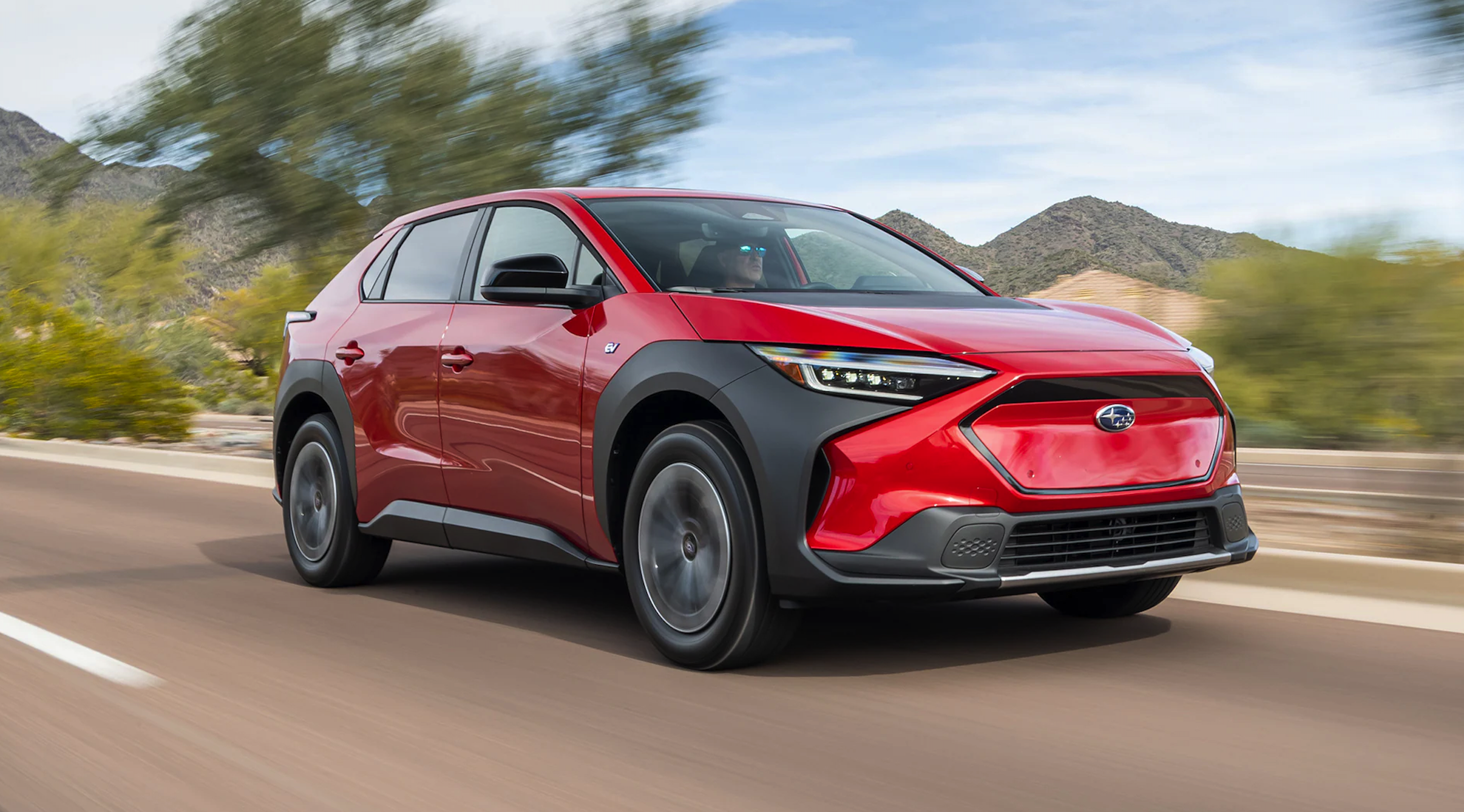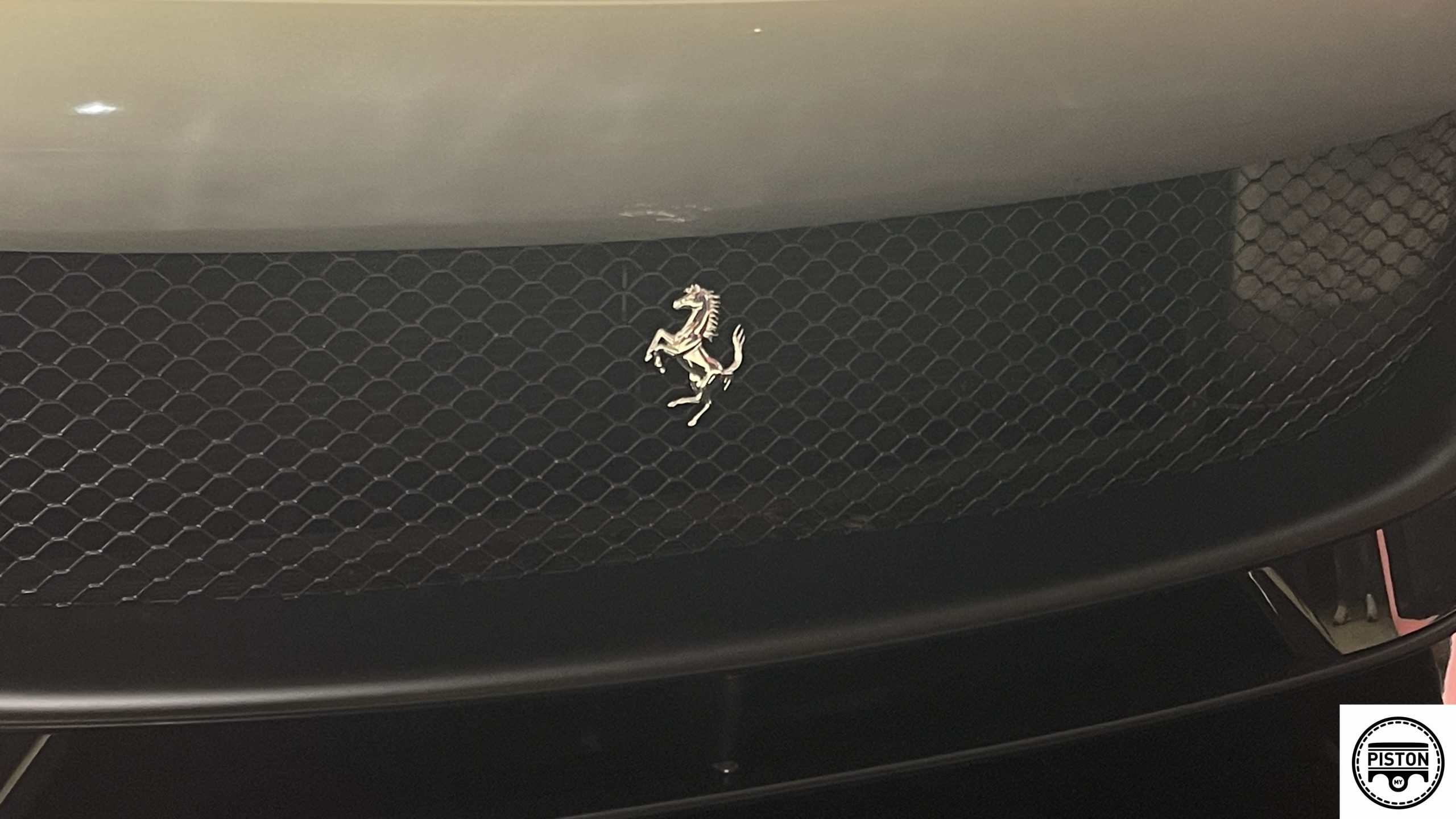Pro-Net, a subsidiary of Proton, has just introduced the smart #1 into the electric vehicle (EV) market in Malaysia. The all-electric compact SUV, which is a touch bigger than the smart ForFour, is the result of a partnership between Mercedes-Benz and Geely.
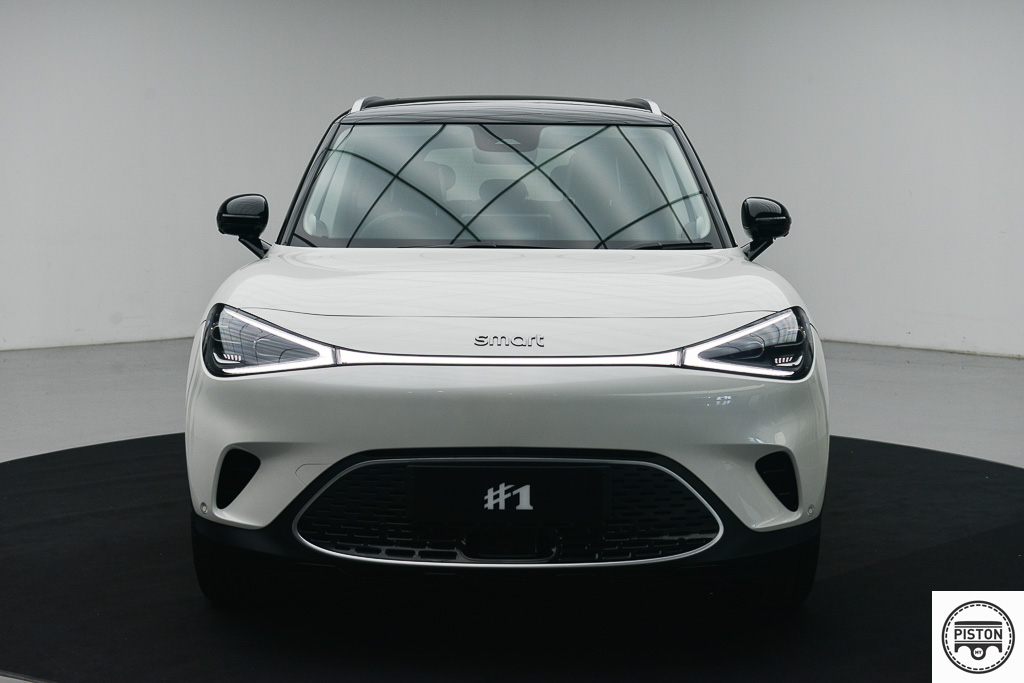
The smart #1 actually made its global debut in April 2022 where during the second half of 2022, China, Europe, and the UK were some of the first places to receive it.
Prior to its launch here in Malaysia, we had the opportunity to actually test it out. The right-hand drive Premium, left-hand drive Premium (China spec) and the Brabus variant.
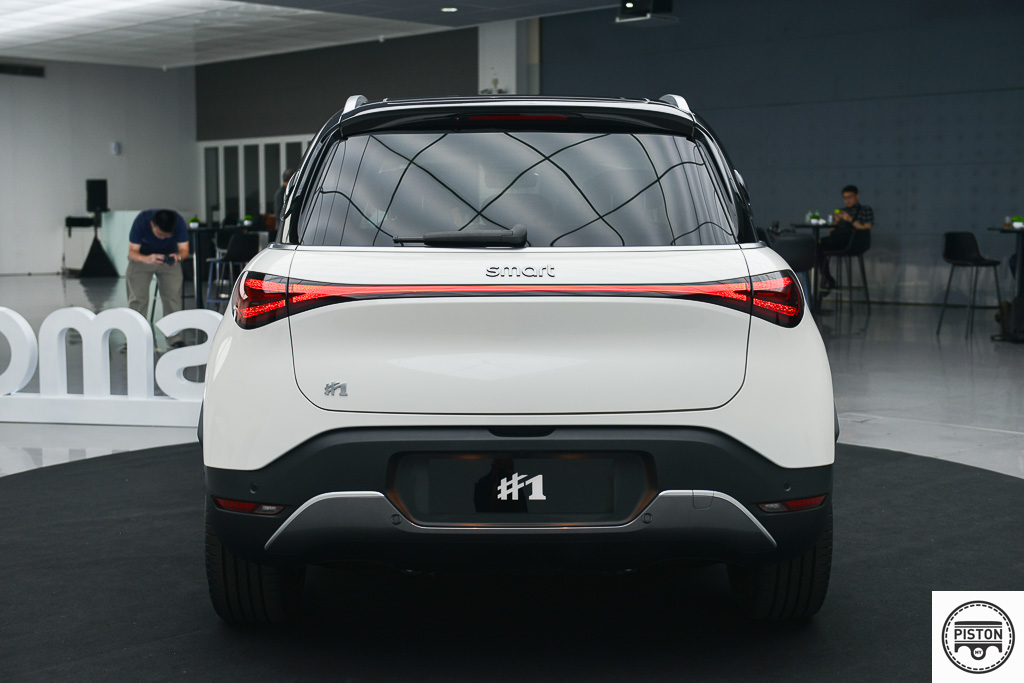
The design of the smart #1, which is a joint venture between Mercedes-Benz and Geely. It was designed by the Germans and is built on Geely’s modular Sustainable Electric Architecture (SEA), which also serves as the foundation for vehicles like the Lotus Eletre, Volvo EX30, and Zeekr 001.
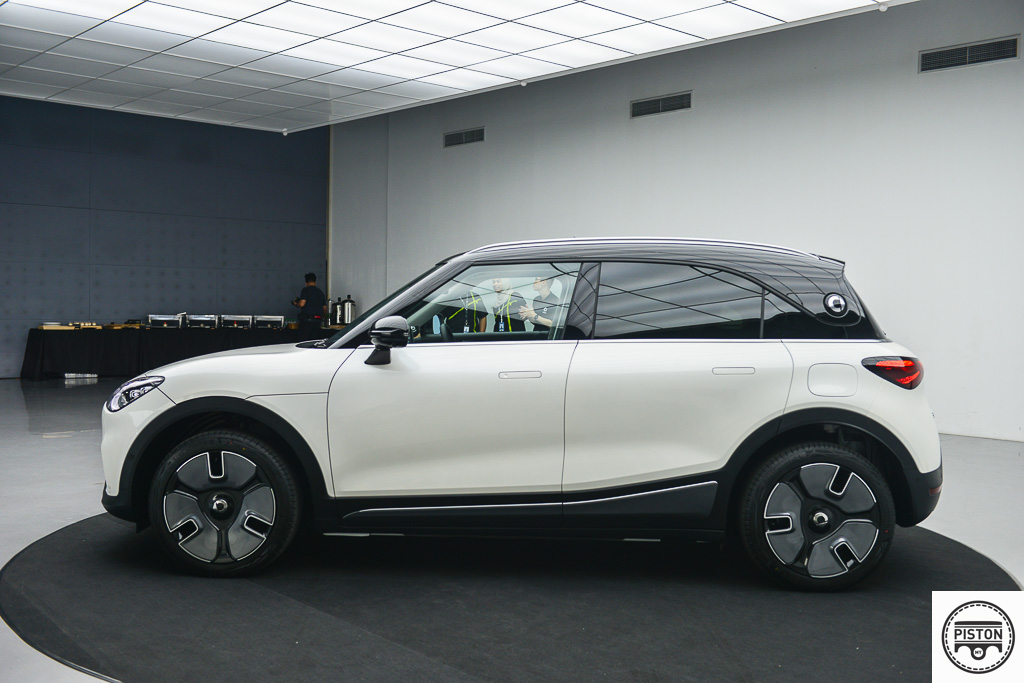
The smart #1 will only be available as a rear-wheel-drive model, with a single motor generating 272PS and 343Nm of torque. It does 0-100km/h in 6.7 seconds and has a driving range of 440km WLTP cycle. There are three available drive modes: eco, comfort and sport. However, these are the Premium variant specs.
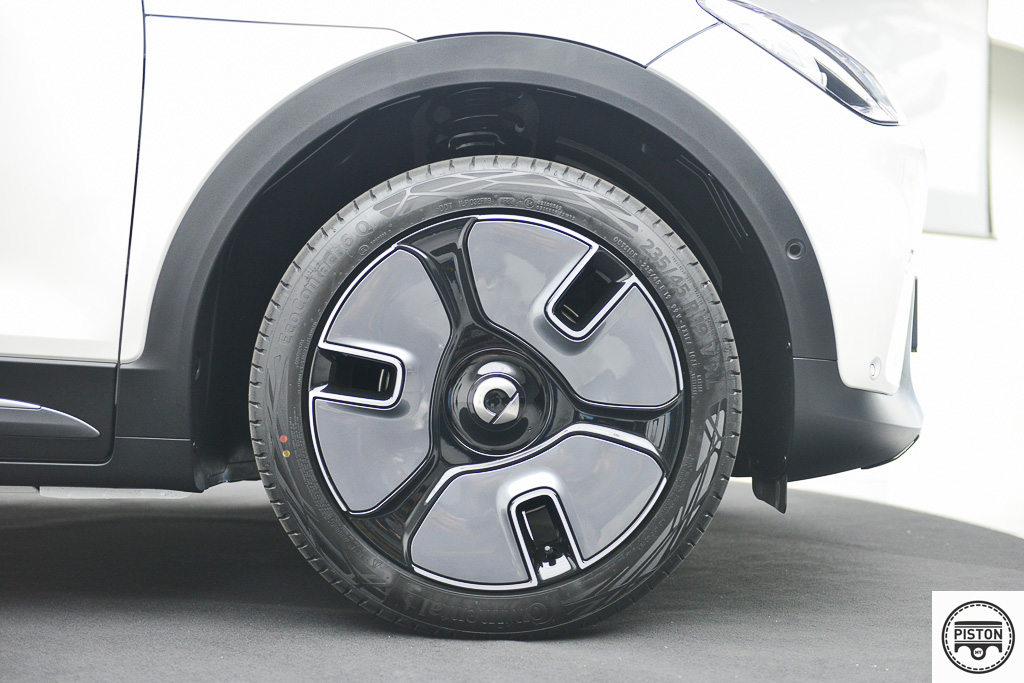
The Brabus variant, on the other hand, puts out 428PS and 584Nm of torque. It does 0-100km/h in just 3.9 seconds! It has dual motors providing a four-wheel drive configuration. However, due to it having this much power, the driving range is reduced to 400km. There are four available drive modes: eco, comfort, sport and Brabus. Both variants are limited to a top speed of 180km/h.
Another feature included in the Brabus trim is the engine imitation sound that plays through the speakers. A Brabus engine sound and a V8 engine sound.
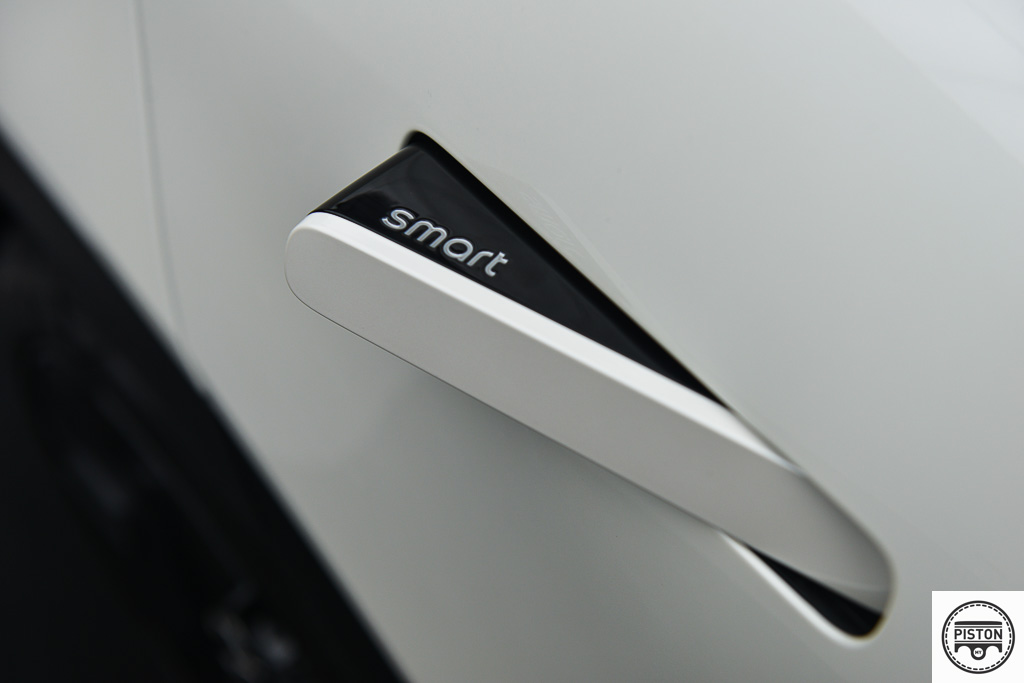
In addition, the Brabus variant has three additional trims to choose from: Pure+, Pro+ and Premium+.
It features a lithium-ion battery with a capacity of 66kWh. The 10%-80% charge time is three hours with 22kW AC charging and less than 30 minutes with 150kW DC charging.
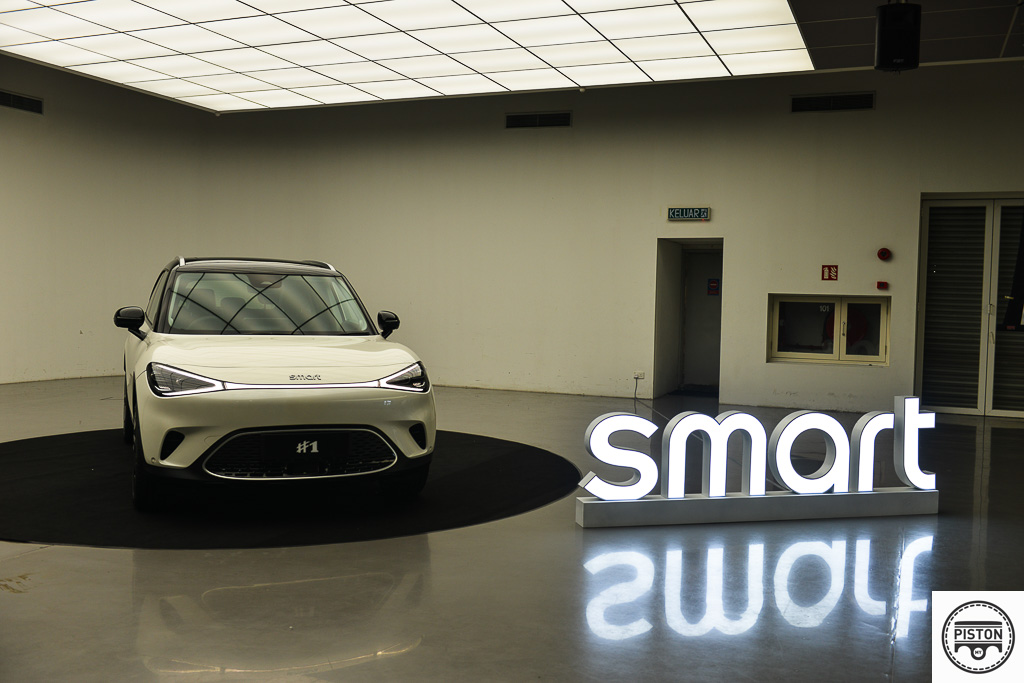
The exterior of the smart #1 Premium variant features an active grille shutter, flat-faced 19-inch wheels, and frameless doors and has a drag coefficient of just 0.29.
The Brabus trim, however, gets twin nostrils as a styling element, a sportier front bumper, an aggressive grille, a rear spoiler, 19-inch dynamo-styled alloy wheels and a two-tone paint scheme with red accents.
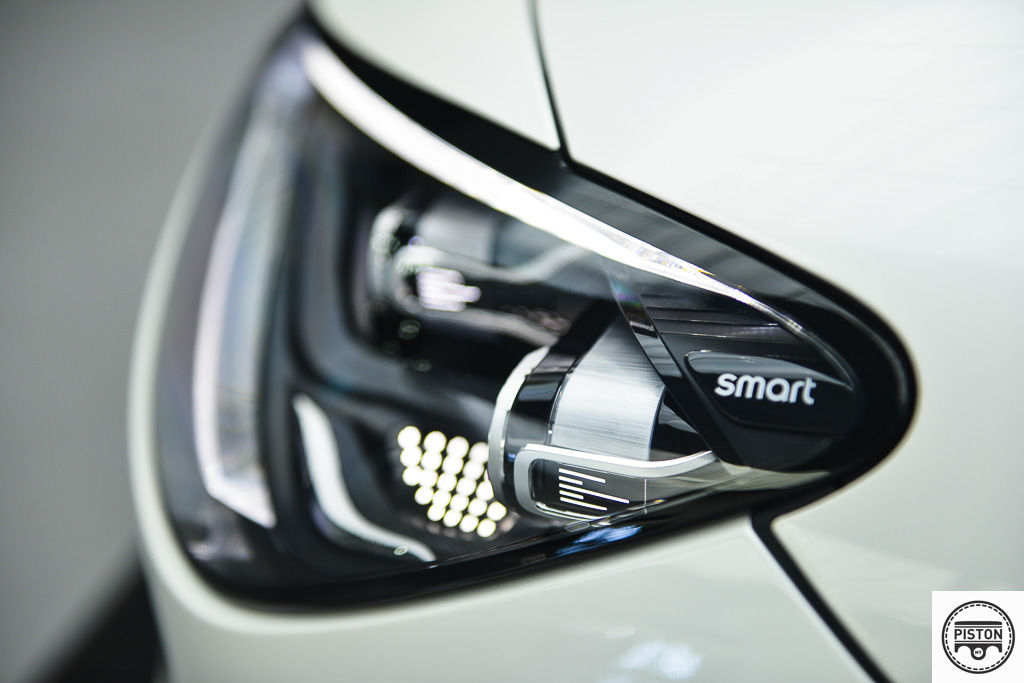
The central infotainment screen, which is 12.8 inches in size regardless of which variant you choose, controls almost everything. It features Qualcomm’s Snapdragon 8155 chipset, a CPU and chipset designed for the gaming industry, and its home screen is filled with graphics and information.
Unlike the variants available in China, we get Android Auto and Apple CarPlay. Many important features of the system are hidden in submenus; for example, turning off the system’s excessively loud fake engine noise will lead you deep into the system, while adjusting your mirrors requires tapping the screen and then repeatedly pressing the buttons on the steering wheel.
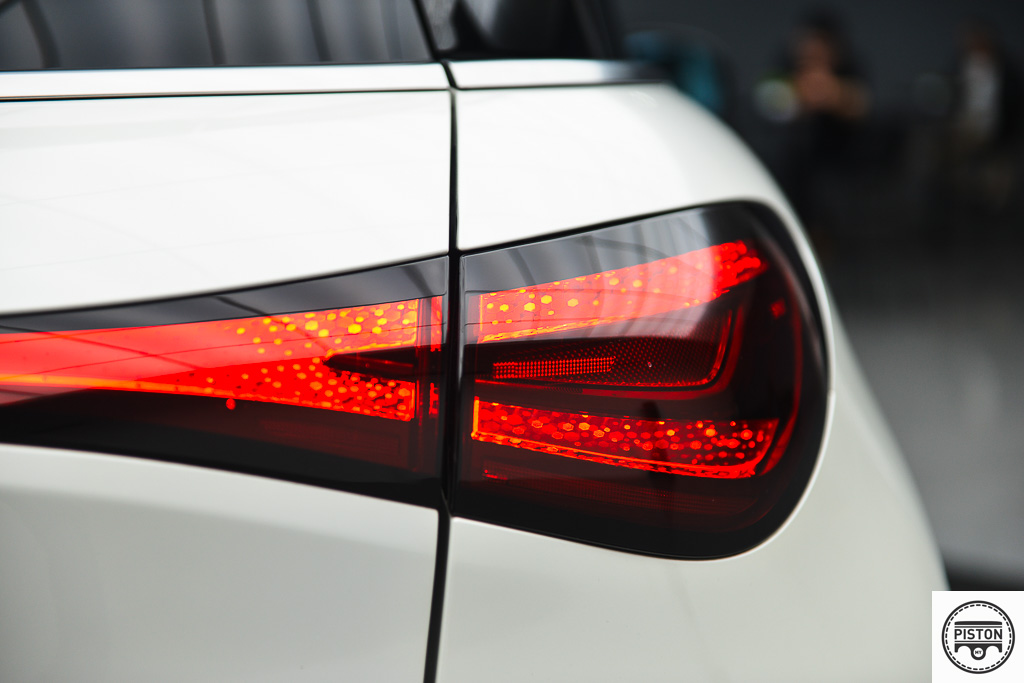
It also has a 9.2-inch digital instrument cluster, a ten-inch heads-up display, a panoramic glass roof and 13-speaker Beats sound system.
The majority of the materials are soft to the touch, especially the Alcantara swaths in the Brabus model. Also, note that Smart chose a combination of real and synthetic leather and not vegan alternatives here.
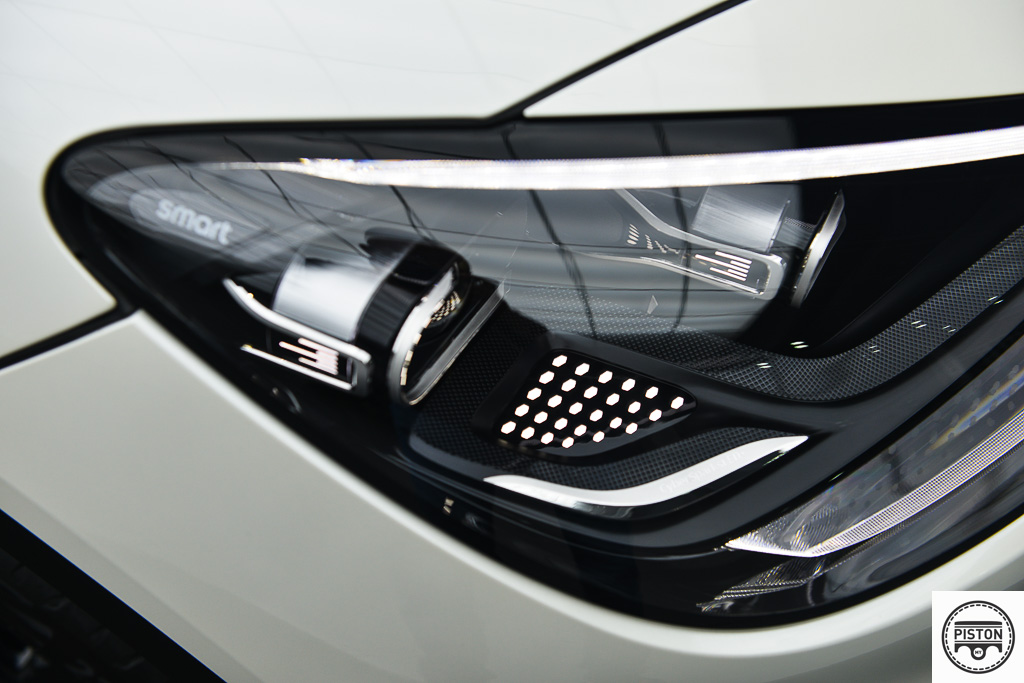
The Brabus gets a little extra on the interior as well with a black-themed interior, Alcantara/leather-wrapped steering wheel, microfiber suede seats, headrests with the Brabus logo in red stitching and alloy pedals. The booth space measures in at 323L but can be expanded to 986L while the frunk has a 15L available space.
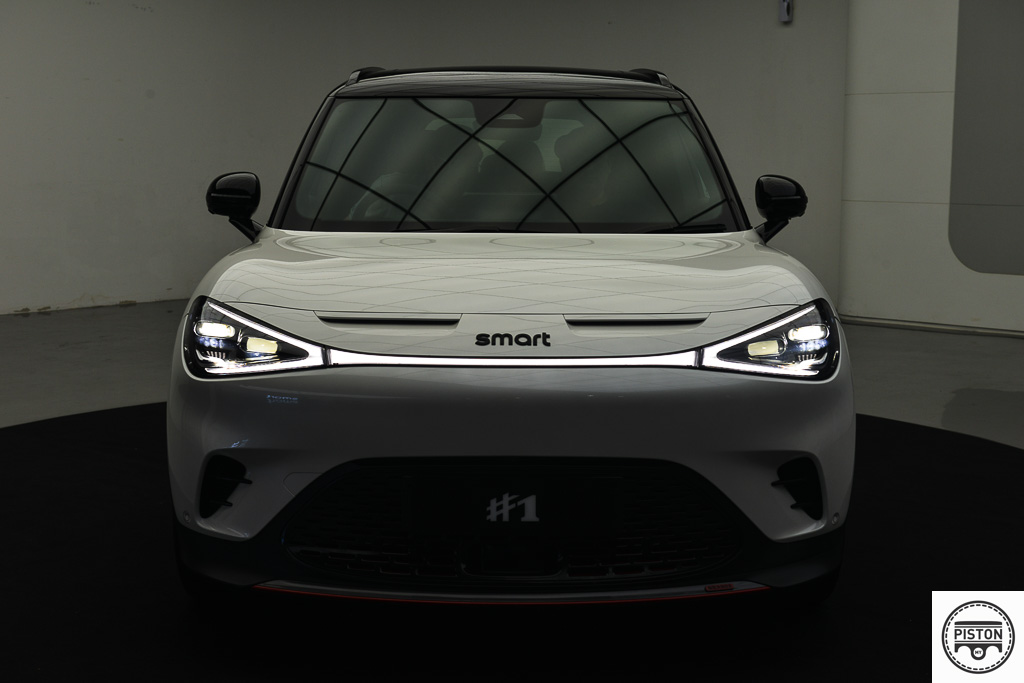
Another neat little feature is that the front grille lights up and will follow the beat of the music that is playing in the car at the time.
The smart #1 has a five-star Euro NCAP safety rating. The safety features include:
- Seven airbags
- Full complement of driver assistance features
- Autonomous emergency braking
- Adaptive Cruise Control with stop and go
- Lane centring assist
- Lane change assist
- Lane keep assist
- Blind spot monitoring
Keshy’s Driving Notes:
On top of the preview session that Timothy just touched on, we also got to drive the smart #1 around the Proton test track at the Centre of Excellence in Shah Alam.
Simply put, the #1 drives like any other EV, it is silent, power delivery is instantaneous and there’s pretty much nothing that truly makes it stand out from the rest.
Except for the fact that the #1 has a steering feel that I really like.
EV’s tend to feel dull and disconnect the driver from what happens at ground level with the tyres. But in the #1, there’s a good feel for what the tyres were doing, and the steering wheel feels chatty. And this gave me the confidence I needed to barge into the oval track (which goes up to a 20 degree banking, NASCAR like) at about 110-120km/h.
I have to say that this is one of the my favourite EV’s at the moment, but not only from a driving perspective.
But before I tell you about what else I like about the #1, I have to say that the Brabus model feels like a proper rocket. But that artificial sound it makes is a little too fake, and too loud. So loud, that it reaches a point where it started to hurt my ear drums. And I wasn’t the only one complaining about it. Good thing that it can be turned off.
So onto what I like about it. I like it’s size.
I believe EV’s should be small because EV’s are meant to be practical urban commuters. And the #1 is exactly that. It is perfectly sized. Slightly bigger than a MINI, perhaps about the size of a Countryman.
Inside, there’s a lot of hints of Mercedes-Benz, such as the buttons, but we are not allowed to tell you much about the interior due to an ongoing embargo.
So if you are considering an EV, I would tell you to wait until smart Malaysia introduces the pricing because the #1 could just be the EV for you. It is for me at least.




